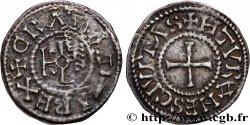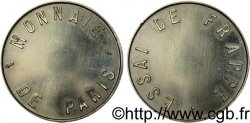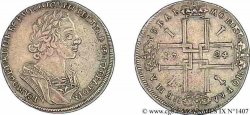bby_535296 - ANDRONICO II PALEOLOGO y MIGUEL IX ANDRONICO II Hyperpère
No disponible.
Artículo vendido en nuestra tienda (2020)
Precio : 350.00 €
Artículo vendido en nuestra tienda (2020)
Precio : 350.00 €
Tipo : Hyperpère
Fecha: 1295-1320
Nombre del taller / ciudad: Constantinopolis
Metal: oro
Diámetro: 22 mm
Eje de acuñación: 6 h.
Peso: 2,93 g.
Grado de rareza: R2
Comentarios sobre el estado de conservación:
Exemplaire sur un petit flan quadrangulaire, irrégulier, bien centré des deux côtés. Frappé avec un coin usé, mais particulièrement bien lisible sur les légendes au revers. Belle patine rougeâtre
N° en los catálogos de referencia :
Pedigrí:
Cet exemplaire provient de MONNAIES 45, n° 898
Anverso
Titulatura del anverso: ANÉPIGRAPHE.
Descripción del anverso: La Vierge rayonnante de face ; autour, les murailles de Constantinople ; double grènetis.
Reverso
Titulatura del reverso: IC - XC.
Descripción del reverso: Andronicus II à gauche et Michel IX à droite couronnés par le Christ debout de face ; double grènetis.
Leyenda del reverso: AUTOKATO
Traducción del reverso: (Jésus Christ/ rois des Romains).
Comentario
Poids excessivement léger. Or jaune. Flan bombé (scyphate). H. Berk signale que ce type doit être rendu à Andronicus II et Andronicus III Paléologue entre 1325, date à laquelle il fut associé au pouvoir par son grand-père et 1334, date de la disparition du monnayage. Le dit grand-père est décédé deux ans plus tôt, mais continue à être associé au monnayage.
Excessively light weight. Yellow gold. Domed flan (scyphate). H. Berk reports that this type must be attributed to Andronicus II and Andronicus III Palaeologus between 1325, when he was associated with power by his grandfather, and 1334, when the coinage disappeared. The said grandfather died two years earlier, but continues to be associated with the coinage
Excessively light weight. Yellow gold. Domed flan (scyphate). H. Berk reports that this type must be attributed to Andronicus II and Andronicus III Palaeologus between 1325, when he was associated with power by his grandfather, and 1334, when the coinage disappeared. The said grandfather died two years earlier, but continues to be associated with the coinage







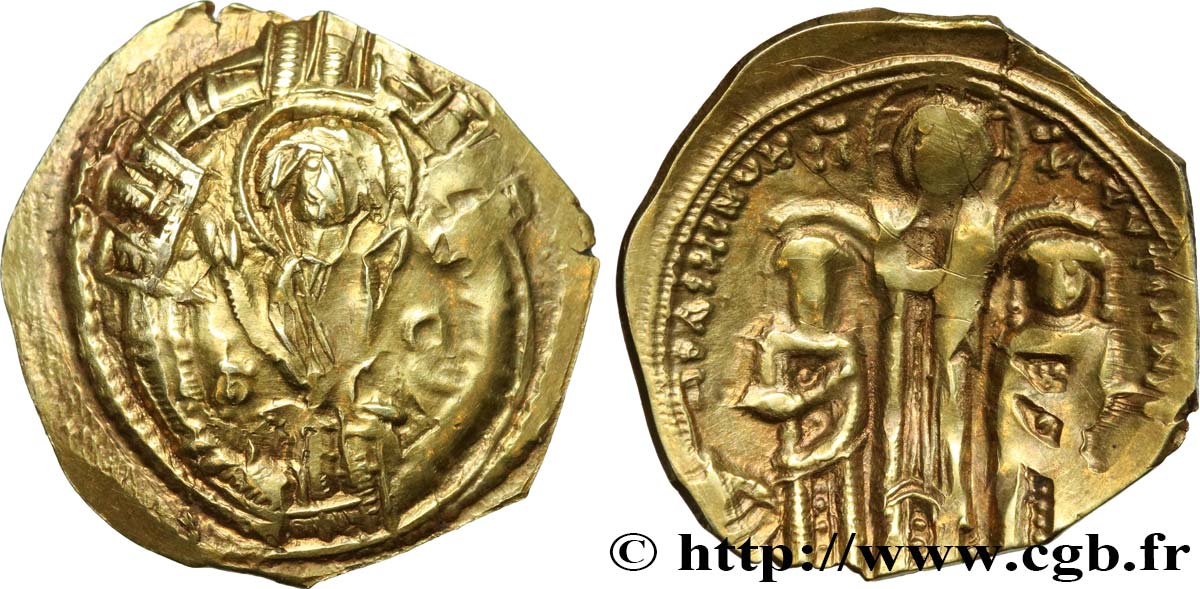
 Informar de un error
Informar de un error Imprimir la página
Imprimir la página Comparte mi selección
Comparte mi selección Haz una pregunta
Haz una pregunta Consignar / vender
Consignar / vender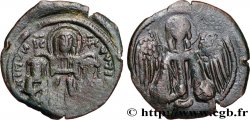
 Descriptivo
Descriptivo